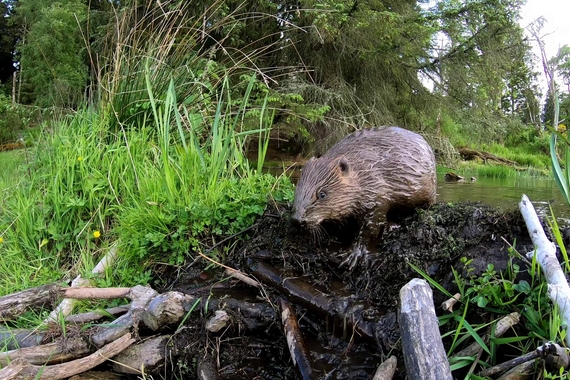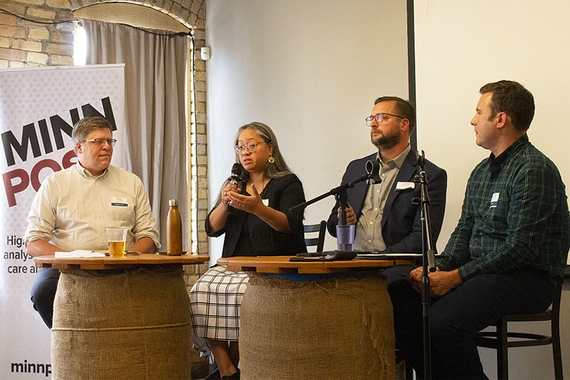On Purpose: Portrait of Geography, Environment, and Society

The why of where. The social becoming the spatial, and the spatial becoming the social. The art and science of mapping. These have all been contenders for answering the question "What is geography?" But geography is, quite simply, what geographers do.
Human geographers study people and their communities in an effort to understand relations in and across space. Why are pipelines flash points for politics today? What does this tell us about our economic and ecological systems? What explains patterns of racial inequality in American cities and how do people organize to contest them?
Physical geographers study patterns and processes in the natural environment. What do we know about fire history in northern Minnesota? How do parks affect urban microclimates? And how does environmental change in the past help us anticipate changes in the future? Geographic information science studies how we can better analyze spatial data and visualize spatial processes, developing and using computer technologies to understand land use and the complex movements of humans and other organisms. Maps are geography’s territory, but there are ever more ways of mapping.
The Department of Geography, Environment & Society is one of the oldest programs in the US and is recognized as an international leader. Our students find careers in public policy, urban planning, and nonprofit organizations. Others are active in resource management, health care, or environmental law.
Graduate students work on a vast range of issues including global trade, gentrification, urban circuits of waste, Himalayan paleoclimates, and aging and health in the urban environment. Some faculty members collaborate with computer scientists or demographers, others with political theorists, and still others with historians and artists. One undergraduate thought of converting climate data into musical notes and playing them on his cello – giving all of us a different way to understand climate change. Currently a faculty member is organizing a symposium on Prince’s relationship to Minneapolis, using place to understand music and music to understand place.
At the beginning of the twenty-first century, geography may be one of the most exciting —and surprising—disciplines at the University of Minnesota.


